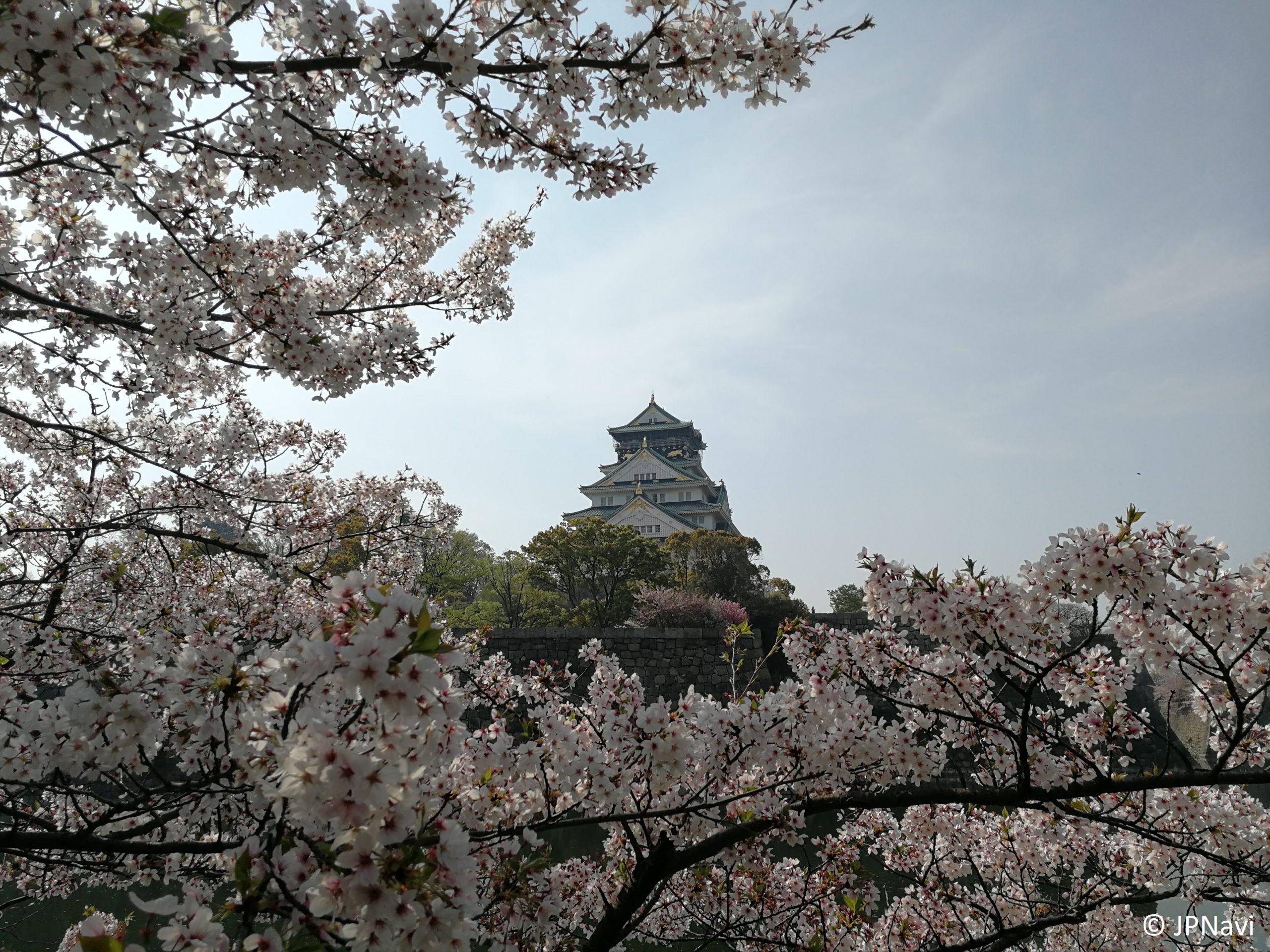
When is the best time to travel to Japan?
And what about the seasons?
Hello everybody! You also want to know when is the best time to travel to Japan? Today is about seasons and travel times to Japan. I will mainly refer to the main island for the seasons. Since Japan is very long, the temperatures and also the transitions of the seasons vary depending on the place.
Seasons.
Spring (and cherry blossom)

When referring to spring in Japan, the first thing that comes to most people’s minds is cherry blossom. Of course, the cherry blossom is not all that spring has to offer in Japan, but in fact the cherry blossom is the main event. And not only for travellers, the Japanese are in “cherry blossom fever” every year.
The cherry blossom can be followed step by step in all stages of development until “full bloom” on various websites with cherry blossom maps. The first ornamental cherries begin to blossom in the south of Japan, and then the flowering time shifts step by step towards the north. So if you are in Japan at exactly the right time, you can travel from southern cities to the north with the cherry blossom in full bloom.
Since the season for cherry blossom varies a little each year, it must be a big luck that you are really at a certain destination for full bloom. So I recommend that you make your travel plan flexible if you want to experience the cherry blossom in full bloom. For example, as the journey gets closer, you can adjust the order of your destinations so that you can experience the cherry blossom in one place.
The Japanese use the cherry blossom every year again for “Hanami” – translated “cherry blossom show”. This is usually associated with eating and drinking under the blossoms, together with friends or colleagues. For this purpose, plastic tarpaulins (often blue) are laid out under the cherry trees and picnic on them. At rivers there are often cherry blossom avenues, under which additional small food stalls are set up.
The temperatures in spring are pleasant, and the humidity is not yet so high. Pollen also flies in Japan, although very few Germans there have problems, even if they have hay fever in Germany. Otherwise masks help, which can be bought in every convenience store or drugstore.
Summer
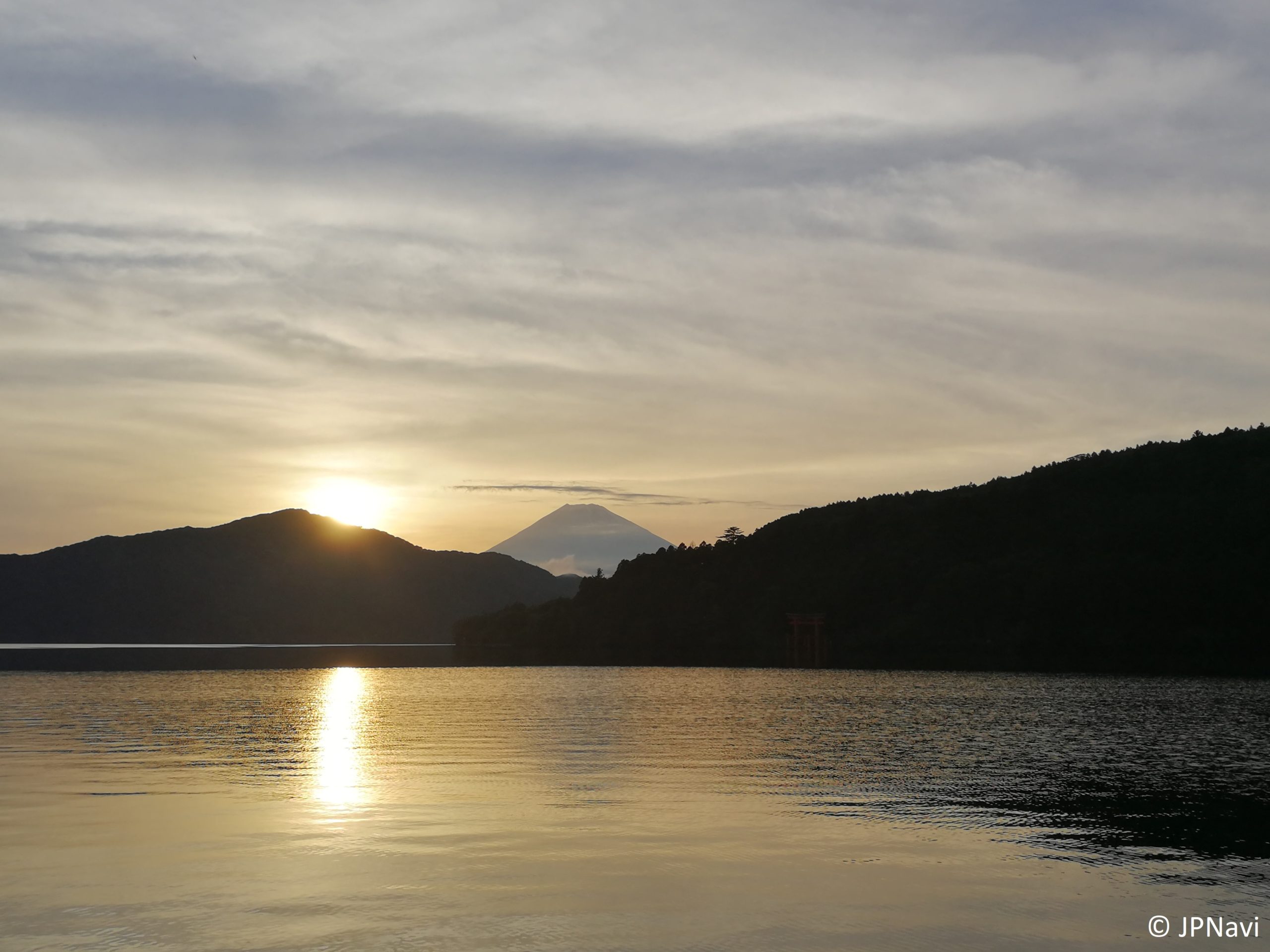
A summer in Japan includes barbecues by the river and fireworks. These are the typical summer activities for Japanese people. Every weekend there is a planned firework display somewhere, with or without a festival. Often the Japanese people visit the festivals and fireworks in traditional clothing. The festivities range from small street festivals to big city festivals – what they have in common are the many food stalls where you can often find fried or grilled food.
For barbecuing on the river you are seldom alone, usually you share the gravelly river bed with many other barbecue enthusiasts, who barbecue fish, meat and vegetables over beer. The “arrival” is often by car, with which you can drive down to the riverbed and then set up your barbecue equipment next to your car.
The temperatures in summer are slightly higher than in Germany – up to 40°C can be common on hot summer days. In addition, the humidity is very high, so it feels warmer than in Germany. However, you should always have a thin jacket with you, as it can often be very cool in the air-conditioned restaurants, shops, public buildings and transport.
In summer it is usually a bit misty, so blue skies are rare. You will also rarely see Mount Fuji in summer, as it is usually hidden behind clouds. However, you can only climb Mt. Fuji in summer. If you are planning a trip to an observation tower or something similar, then I would recommend you to do it in the morning, here you have a better chance of good and wide visibility in summer.
Autumn (and autumn leaves)
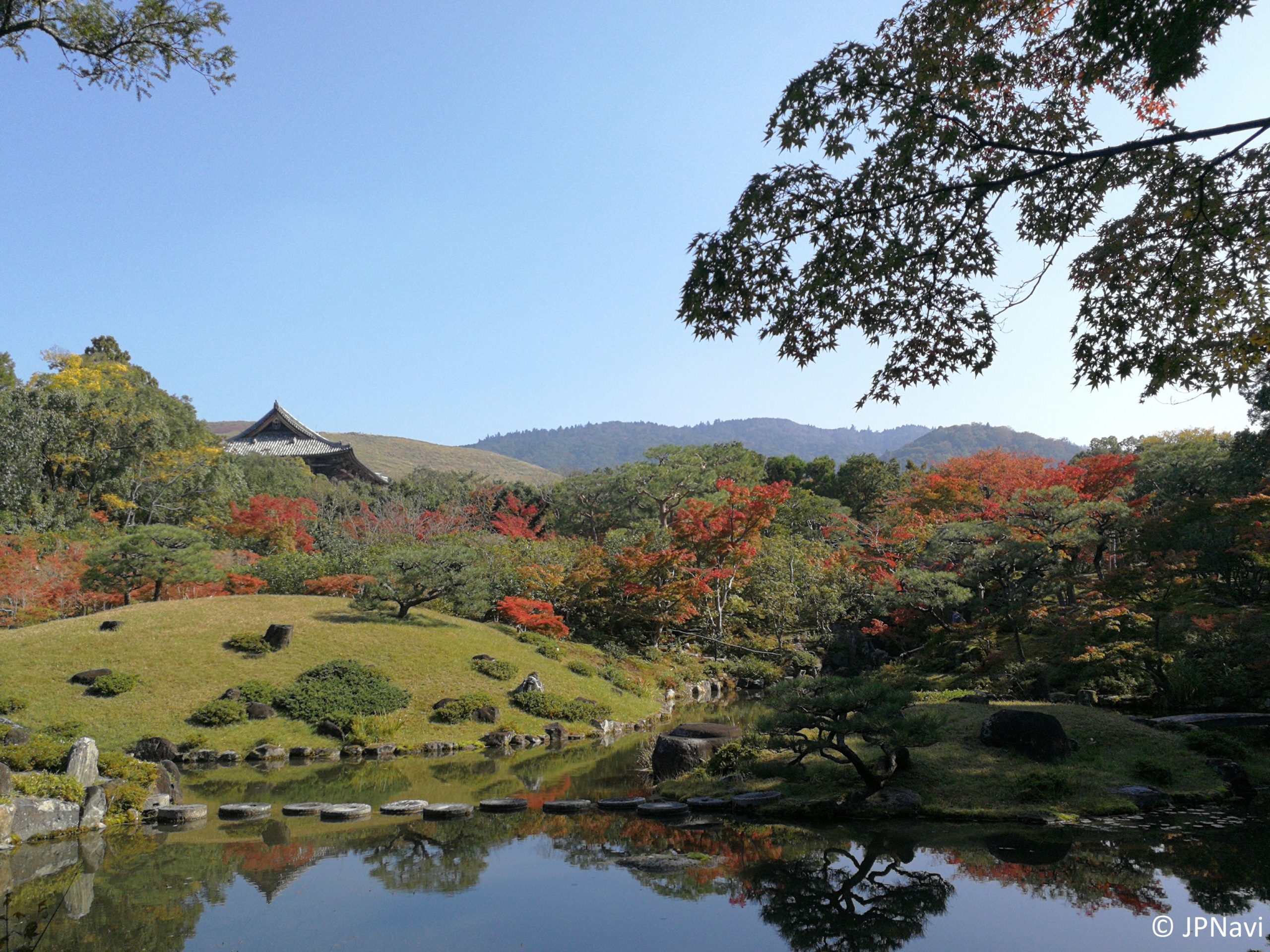
Japan also offers a famous natural phenomenon in autumn. Or rather, Japan has managed to make famous an element of nature that recurs every year all over the world: The discoloration of the leaves, the colorful autumn foliage. In Japanese it is called “Momiji”, and strictly speaking, only discolored leaves from Japanese maple trees are included here. These are a very popular photo motif, even though the yellow, orange and red leaves of other trees can be just as beautiful.
There are also calendars for autumn leaves with predictions and current states of discoloration on various cards. The rush in parks with maple trees is enormous when the leaves are just discolored red. At night, illuminations of the trees in the parks offer additional photo motives.
The temperatures in autumn are pleasant again, tending to be slightly warmer than in Germany. Usually in October and November a thin jacket is sufficient during the day. The air humidity is again lower than in the sultry summer, which makes it more pleasant to be outdoors.
Winter
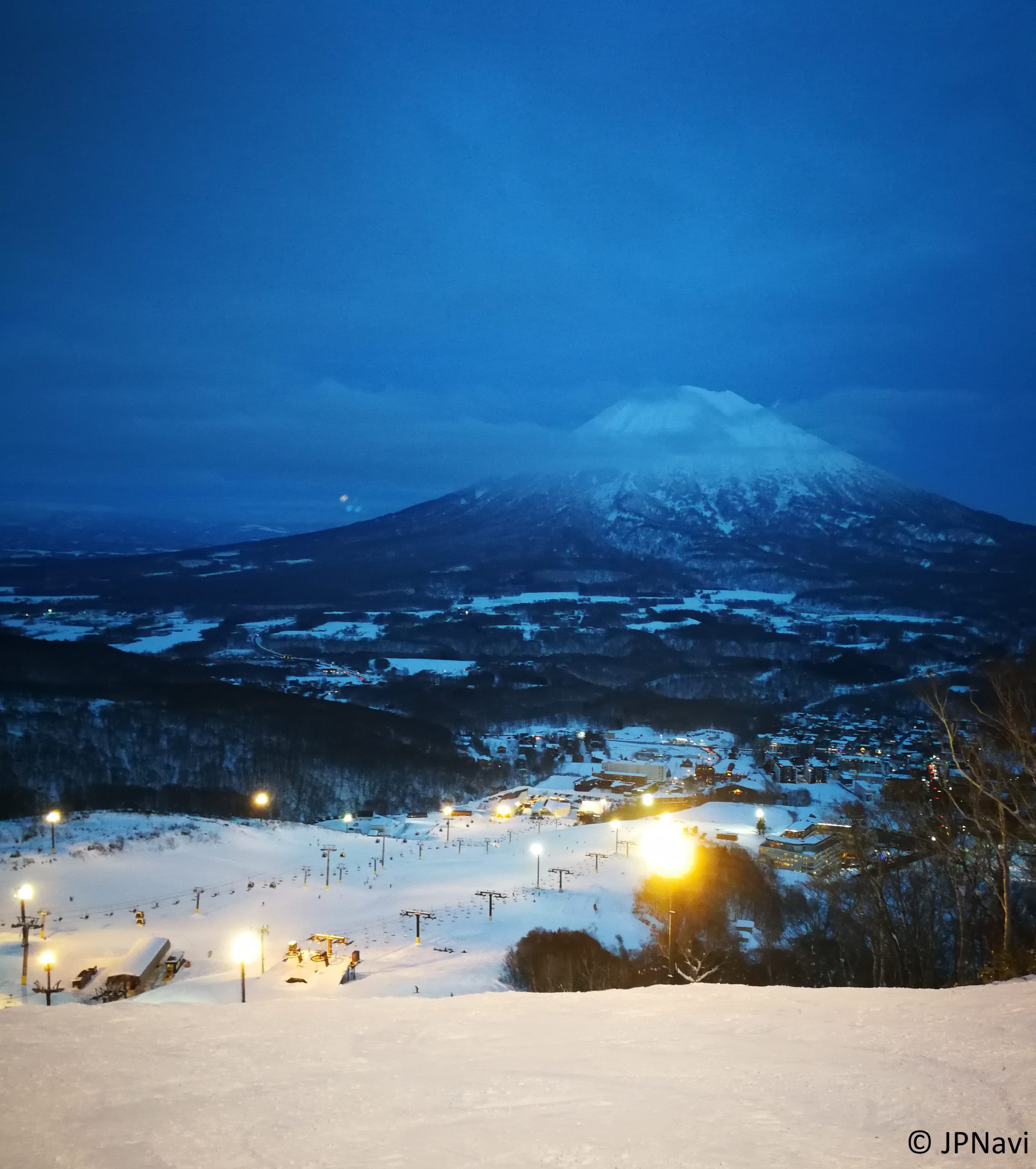
The winter in Japan is relatively unspectacular. On the main island, for example in the area of Tokyo or Osaka, there is usually no snow. And when it does snow it is not comparable to the amount in the south of Germany. So the temperatures in these areas are also mostly in the positive single-digit range – 0° to 10° are normal. The air is relatively dry and in winter you can almost always enjoy blue skies. In the south on Okinawa it is a bit warmer.
If you want to experience snow in Japan, you have to go to the Japanese Alps or to Hokkaido. The Japanese Alps are on the “other side” of the main island, i.e. from Tokyo towards the northwest. There are also a lot of ski resorts with really good snow. Also on Hokkaido it snows every year – not only in the mountains but all over the island. You will also find a number of ski resorts and lots of snow. The famous “Sapporo Snow Festival” also benefits from this. In the Japanese Alps and on Hokkaido, the temperatures are of course lower than in Tokyo, so minus degrees are the rule. The air is just as dry.
Rainy season and typhoon season.
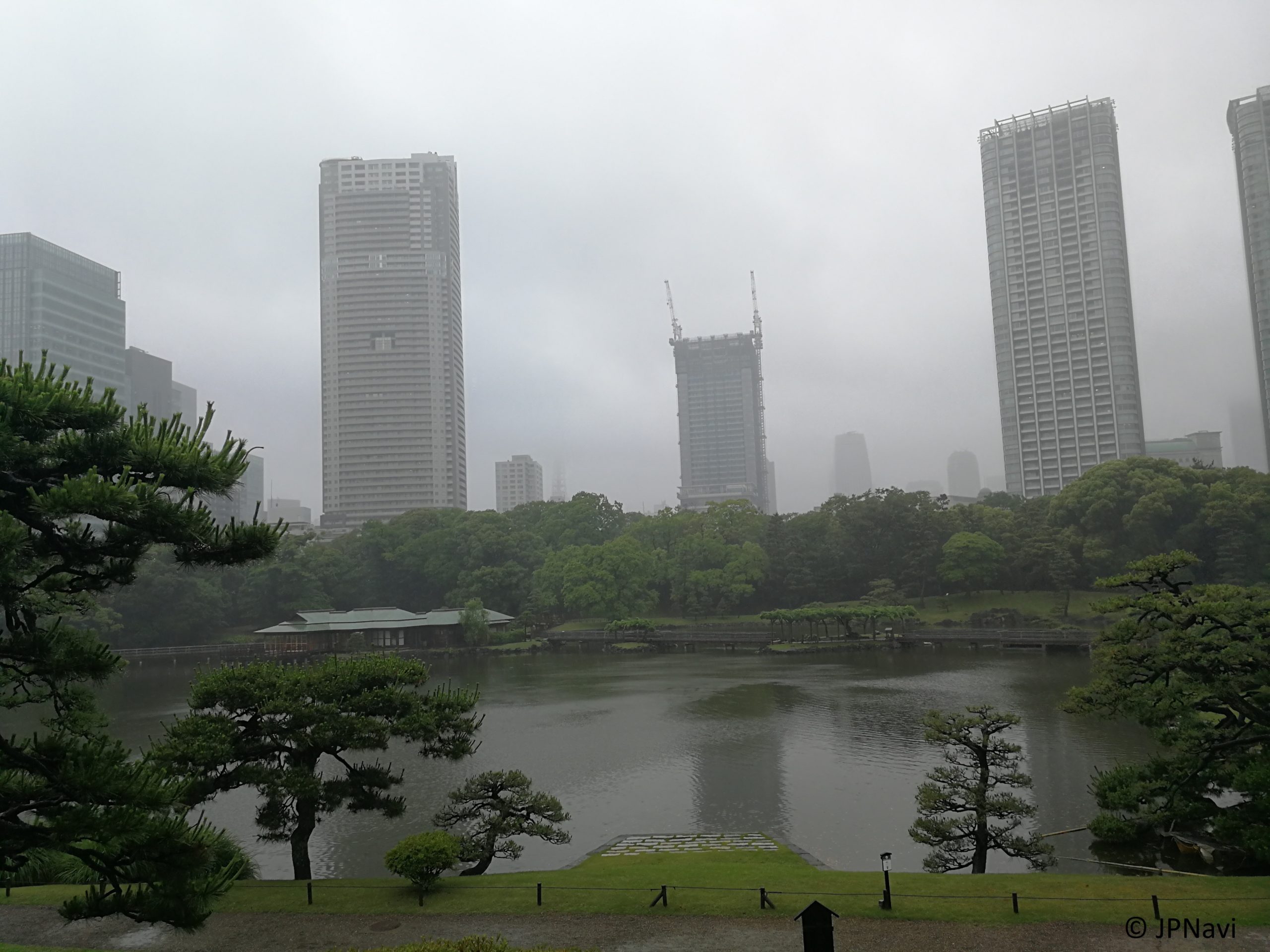
Special times of the year in Japan are the rainy season and the typhoon season.
The rainy season lasts from about June to mid-July. Here it rains very often, the air humidity is accordingly high. However, most of the time the temperatures are already very high, so that the sudden rainfall is a “sultry cooling”. Nevertheless, I would recommend you to have an umbrella with you, or to buy one in the next supermarket, convenience store or 100 Yen shop.
The typhoon season is “regular” in the months of August and September, although in recent years there have also been typhoons in October or November. If there is a typhoon coming, you should follow the news when it arrives at your location. These approach from the south and often change their course; sometimes over the main island, sometimes away from it. It will usually rain for a few days, often combined with strong winds. The umbrella will often not help, so you should plan better activities inside the building if possible. Like a hurricane, the typhoon is often gone as fast as it came, so just wait until it has passed.
Best time to travel.
As you may have noticed from the descriptions of the seasons, summer is not the best time to travel. In summer it is relatively hot and humid, so that you often prefer to take a shower rather than visit the next temple. On top of that there is the rainy season in June and July, and the danger of being surprised by a typhoon in August or September. If you want to climb Mount Fuji, of course, or you like the sultry climate, then summer is the right time for you.
Otherwise I would recommend spring or autumn. Apart from cherry blossom and autumn leaves, the temperatures here are the most pleasant for travelling – not too cold and not too warm. Of course, the beginning and end of spring and autumn vary a bit every year. In general I can recommend March-May and October-November. For skiing, you have to aim for mid-December to March; and the Japanese winter is also beautiful, but not very spectacular in the big cities.
In addition, I would not lose sight of the Japanese holidays and vacations when planning the trip, here the hotels are usually fully booked and/or expensive and at popular destinations it can be very crowded. A list of Japanese holidays and school holidays can be found in this article.
Summary.
Japan also has spring, summer, autumn and winter. Especially beautiful are the cherry blossom in spring and the autumn leaves in autumn. Also the temperatures are most pleasant at these seasons, so that I can recommend March-May and October-November as travel season. In summer it is very warm and humid, but in winter you usually have the chance of blue skies. And even if it does not work out to be the best time to travel, I can reassure you: Japan is always a beautiful country to travel!
